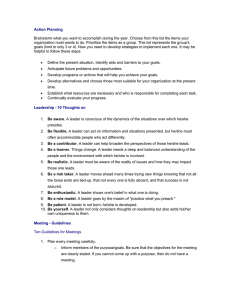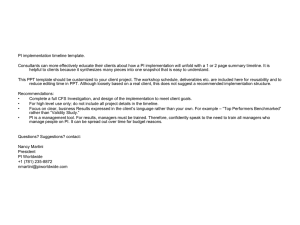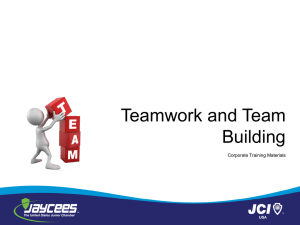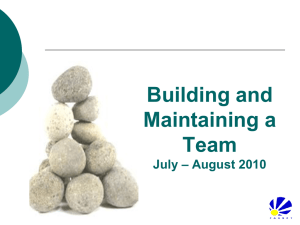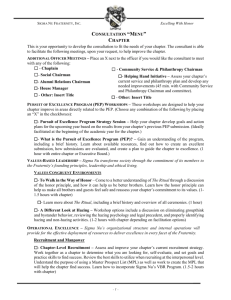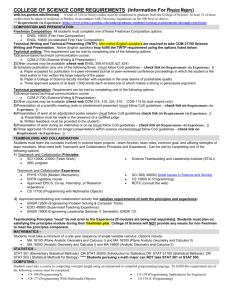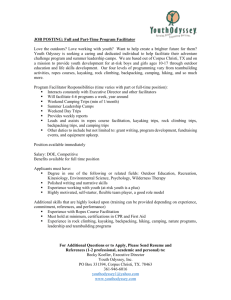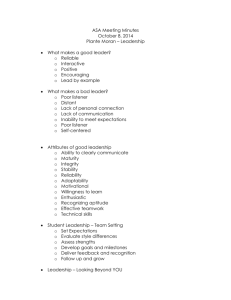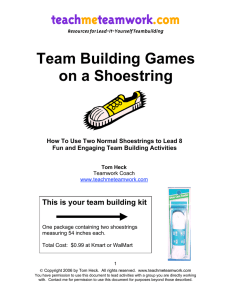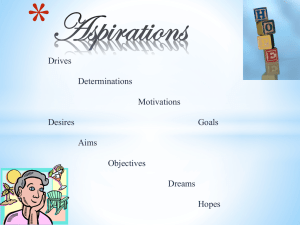Enhancing Cooperation and Motivation with Staff
advertisement
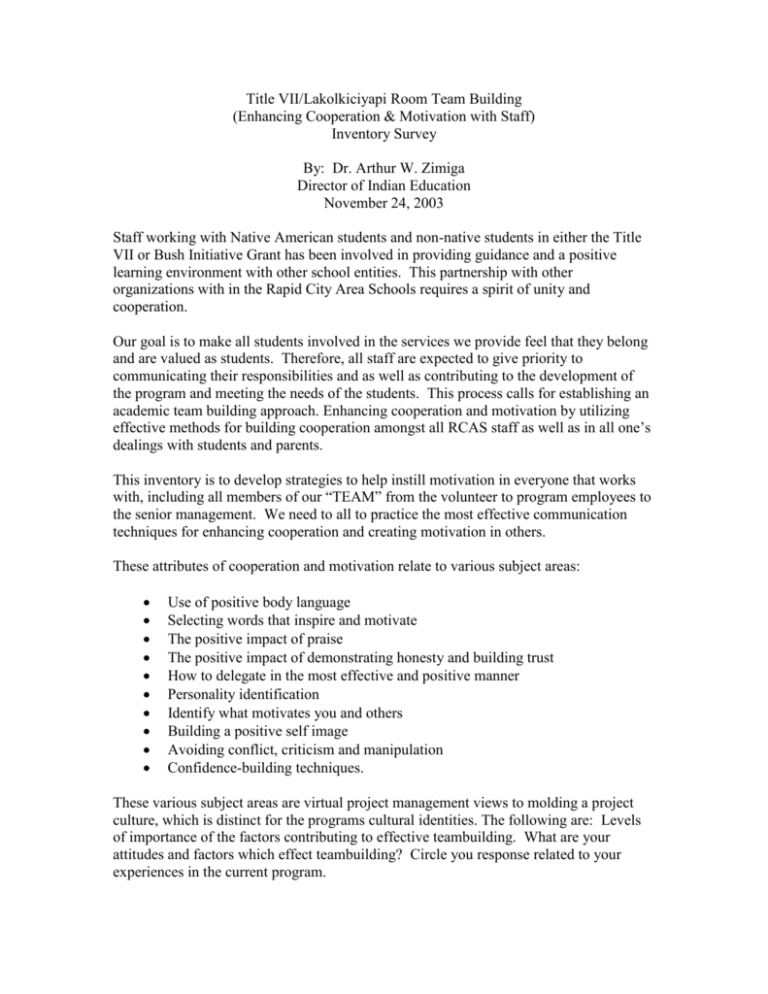
Title VII/Lakolkiciyapi Room Team Building (Enhancing Cooperation & Motivation with Staff) Inventory Survey By: Dr. Arthur W. Zimiga Director of Indian Education November 24, 2003 Staff working with Native American students and non-native students in either the Title VII or Bush Initiative Grant has been involved in providing guidance and a positive learning environment with other school entities. This partnership with other organizations with in the Rapid City Area Schools requires a spirit of unity and cooperation. Our goal is to make all students involved in the services we provide feel that they belong and are valued as students. Therefore, all staff are expected to give priority to communicating their responsibilities and as well as contributing to the development of the program and meeting the needs of the students. This process calls for establishing an academic team building approach. Enhancing cooperation and motivation by utilizing effective methods for building cooperation amongst all RCAS staff as well as in all one’s dealings with students and parents. This inventory is to develop strategies to help instill motivation in everyone that works with, including all members of our “TEAM” from the volunteer to program employees to the senior management. We need to all to practice the most effective communication techniques for enhancing cooperation and creating motivation in others. These attributes of cooperation and motivation relate to various subject areas: Use of positive body language Selecting words that inspire and motivate The positive impact of praise The positive impact of demonstrating honesty and building trust How to delegate in the most effective and positive manner Personality identification Identify what motivates you and others Building a positive self image Avoiding conflict, criticism and manipulation Confidence-building techniques. These various subject areas are virtual project management views to molding a project culture, which is distinct for the programs cultural identities. The following are: Levels of importance of the factors contributing to effective teambuilding. What are your attitudes and factors which effect teambuilding? Circle you response related to your experiences in the current program. 1. Characteristics of the team members: a. Strong commitment by all team members to meeting agreed project aims and objectives. Yes or No b. Having clearly defined and non-conflicting roles. Yes or No c. Willingness to admit errors and make changes. Yes or No d. Ability to adapt to cultural and organizational diversity. Yes or No e. High degrees of trust and loyalty amongst team members. Yes or No f. Having similar interest, goals and aspirations. Yes or No 2. Lead ship and project management characteristics/approach: a. Ability of the team leader to earn the respect and cooperation of His/her followers. Yes or No b. Design and implementation of flexible but effective project organization structure. Yes or No c. Clear explanation of project aim and objectives to team members. Yes or No d. Adequate support from senior management to the team. Yes or No e. Simple but effective work breakdown structure and well defined responsibilities. Yes or No. f. Effective collaboration through adequate training on shared leadership roles. Yes or No g. Proper risk sharing amongst team members. Yes or No h. Adequate training through workshop and seminars on teambuilding and synergy. Yes or No 3. Communication and collaboration requirements: a. Provision of efficient and effective project communication networks. Yes or No b. Efficient and early communication of project objective, roles and responsibilities to all stake holders. Yes or No c. Early detection and resolution of problems and disputes through frequent meetings and mediations. Yes or No 4. Influence of characteristics of management and their levels of influence on team building: a. You face the challenges of dealing with different students’ academic levels and attendance, units of measurement, and other virtual constraints. (list them) b. High initial learning requirements, but low monitoring review. (list them) c. Emphasizes on the use of modern information and communications technology. (list them) d. Involves various people operating on the project from different organizations. (list them) e. The composition of team members are not consistent but can change overtime. (Explain) f. Lack of physical interactions and frequent meetings may erode trust and confidence amongst project team members. (Explain) g. Team members do not meet frequently as in the conventional approach. (Explain) h. Emphasis is place on outsourcing and core competencies/skills (Explain) i. Has inherent cultural and organizational differences (Explain) This survey is to explore the factors underlying teambuilding, the characteristics of virtual project management, and how these characteristics influence effective teambuilding. The goal is to identify effective teambuilding so as to: Characteristics of the team members; the most significant of these being strong commitment by all the members to meeting agreed project objectives; Leadership and project management characteristics or approach: the most significant of these is the ability of the team leader to earn the respect and cooperation of all members Communication/collaboration requirements: the most significant of these being the provision of efficient and effective project communication network. This virtual project management approach has some characteristics, some of which have positive influences on effective teambuilding, while others exert negative influences. The characteristics having the most positive influence on effective teambuilding is the fact that the concept maybe faced with challenges of dealing with different student needs, measurements, and other virtual constraints, which though could be negative on the face value, but could have some positive spin-offs in contributing to effective teambuilding. The inherent cultural and organizational differences could pose some serious problems of co-ordination in management, and therefore is perceived to exert the most negative influence on effective teambuilding. Please complete this survey so we can address effective teambuilding.
